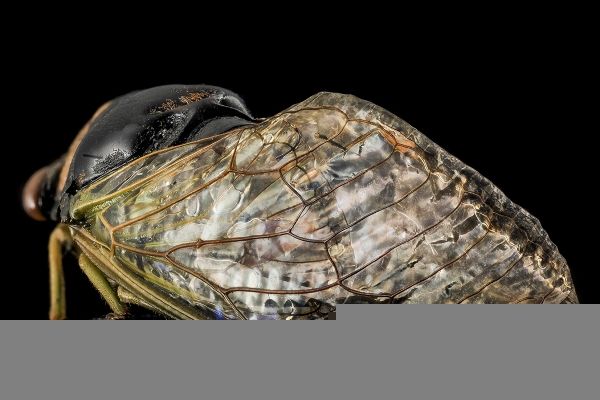Biological structures sometimes have unique features that engineers would like to copy. For example, many types of insect wings shed water, kill microbes, reflect light in unusual ways and are self-cleaning. While researchers have dissected the physical characteristics that likely contribute to such traits, a new study reveals that the chemical compounds that coat cicada wings also contribute to their ability to repel water and kill microbes.
The scientists report their findings in the journal Advanced Materials Interfaces.
The researchers looked at the physical traits and chemical characteristics of the wings of two cicada species, Neotibicen pruinosus and Magicicada casinnii. N. pruinosus is an annual cicada; M. casinnii emerges from the soil once every 17 years. Previous studies have shown that both species have a highly ordered pattern of tiny pillars, called nanopillars, on their wings. The nanopillars contribute to the wings’ hydrophobicity – they shed water better than a raincoat – and likely play a role in killing microbes that try to attach to the wings.
Read more at University of Illinois at Urbana
Photo: Scientists are exploring the structural and chemical characteristics of cicada wings. Photo by Wayne Boo, U.S. Geological Survey


